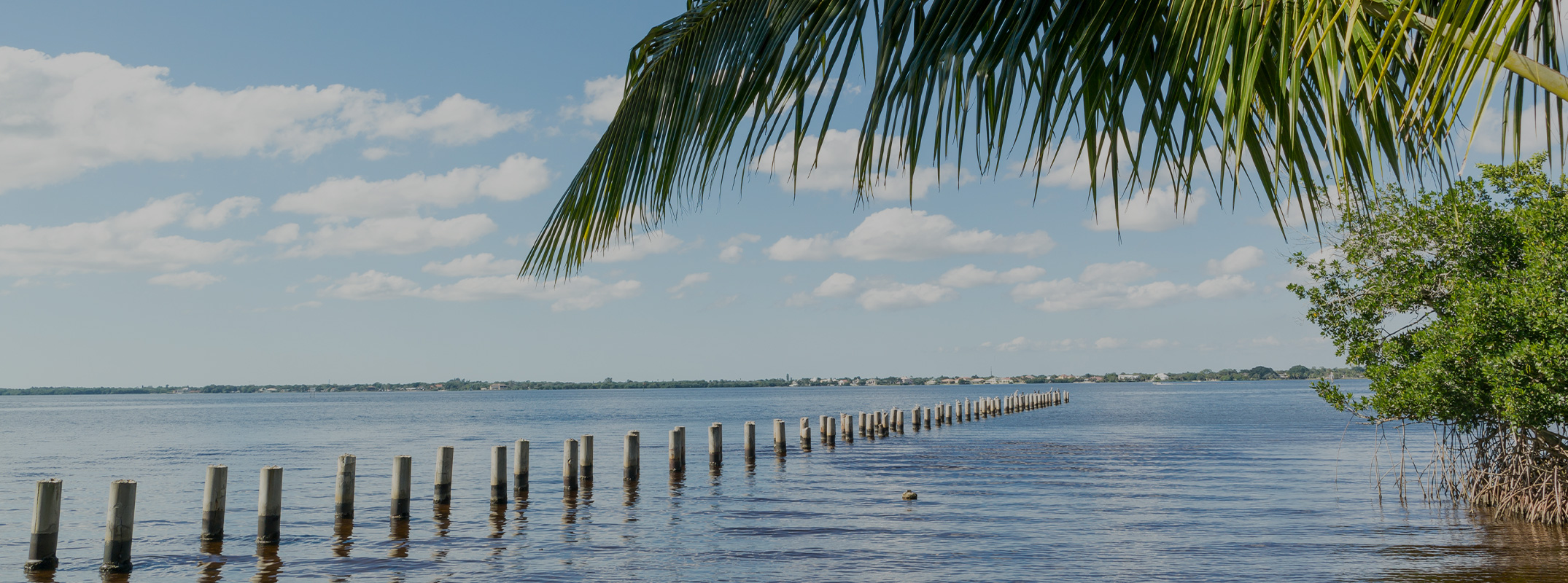THE SACKETTS RIDE AGAIN
By: Katherine R. English, Esq.
On May 25, 2023, the United States Supreme Court issued its ruling in Sackett v. Environmental Protection Agency, holding that the Clean Water Act applies only to traditional navigable water bodies (streams, rivers, lakes and oceans) and those wetlands with a continuous surface connection to such water bodies where they are as a practical matter, “indistinguishable” from those water bodies with no clear line of demarcation. 598 U.S. ____ (2023)(slip opinion at 22, 27). All nine justices rejected EPA’s use of the significant nexus test for determining a wetland is jurisdiction as overly broad. Four justices filed concurring opinions in this decision which they agreed with the result of the majority opinion, but not its reasoning.
In this opinion, the Court strongly signals its return to strict statutory construction of the Clean Water Act, striking down the agencies’ use “significant nexus” test from Rapanos and firmly rejecting the agencies’ claim that their interpretation of “adjacent” for wetlands covered by the Act was appropriate for policy reasons. The Court states that “[T]he CWA never mentions the ‘significant nexus’ test, so the EPA has no statutory basis to impose it.” 598 U.S. ____ (2023)(slip opinion at 24). Likewise, the Court firmly rejected EPA’s policy arguments that the ecological importance of wetlands justified a broad definition of the adjacency to navigable waters requirement stating, “[T]he CWA does not define the EPA’s jurisdiction based on ecological importance and we cannot redraw the Act’s allocation of authority. 598 U.S. ____ (2023)(slip opinion at 27). Rather, the Court clarified that wetlands near, to but still separate from, traditional navigable waters cannot be considered part of those waters for the regulatory purposes of the Act. 598 U.S. ____ (2023)(slip opinion at 20).
The Court identified the individual States as the primary authorities to combat water pollution by regulating land and water use within their boundaries, stating “Regulation of land and water use lies at the core of traditional state authority.” 598 U.S.____ (2023)(slip opinion at 23). Quoting the agencies’ admission that under EPA’s rule, “almost all waters and wetlands across the country theoretically could be subject to a case-specific jurisdictional determination ” and EPA’s argument that “’waters’ are ‘naturally read to encompass wetlands’”, the Court rejected so broad definition that it degrades the States primary role in regulating water resources and further exceeds the Congressional authorization for regulation set forth in the CWA. See 598 U.S. ____ (2023)(slip opinion at 10, 17-18).
In the near terms, the EPA and the Army Corps must go back to the drawing board regarding their recently adopted waters of the United States rule. We recommend close scrutiny of their efforts to revise the definition of waters of the United States for compliance with the Court’s findings in this case.
A note to the reader: This article is intended to provide general information and is not intended to be a substitute for competent legal advice. Competent legal counsel should be consulted if you have questions regarding compliance with the law.
Katherine R. English is a partner and an experienced agricultural and environmental attorney with Pavese Law Firm, 1833 Hendry Street, Fort Myers, FL 33901; Telephone: (239) 334-2195; Fax: (239) 332-2243. To view past articles, please click “Publications” on our firm website.

